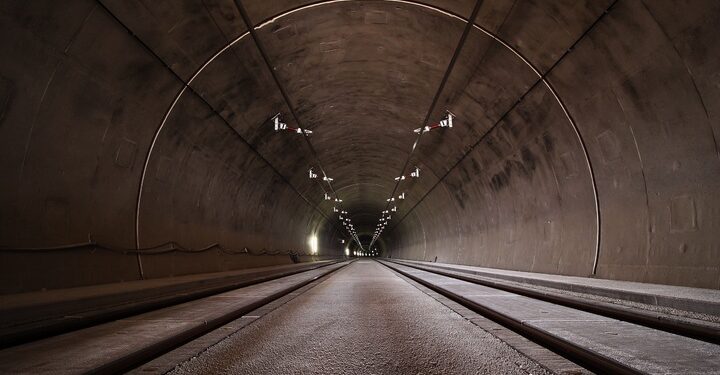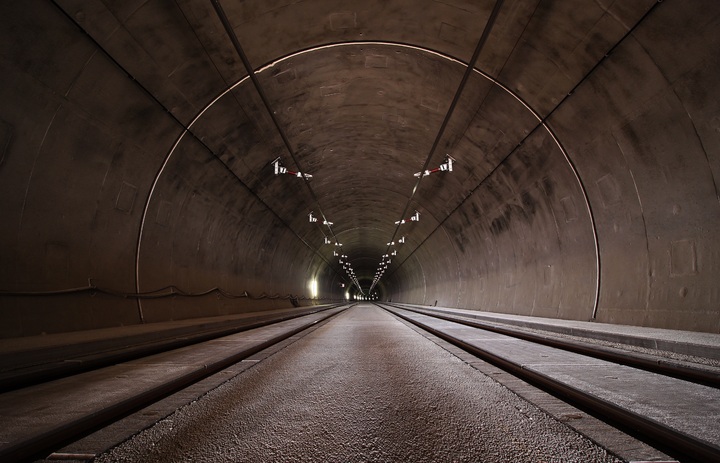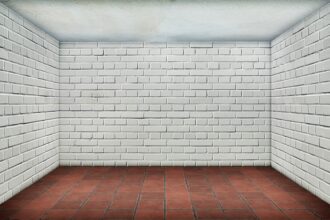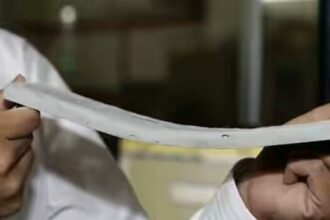6 Types of Concrete Used in Construction

There is no building material on the planet used as ubiquitously as concrete. In fact, if you were to combine the volume of use of the 2nd and 3rd most used building materials in the world, you would arrive almost at the amount of concrete that is used in construction. This is down to the fact that concrete is low cost, durable, versatile, low maintenance, fire resistant, strong, and incredibly energy efficient. Given such benefits, there really is no reason for us to look at alternative options. To make better decisions on material selection, costs need to be considered. There are concrete takeoff services that are specialists at cost estimating.
Within the world of concrete, however, there are multiple varieties that are used, depending on the type of construction that is taking place. Here we take a look at each of the different concrete types, why they are used and where you may find them.

Table of Contents
High-Density Concrete
We see high density used less so than its counterparts, although it does play an incredibly important role in many buildings around the world. This particular concrete option is incredibly strong, and when used with metals it helps to create a near-impenetrable wall. As you can imagine, this particular type of concrete is reserved for structures that need to be very secure. We see the use of high-density concrete in nuclear power plants and even prisons. Instead of using rocks in the mixing of cement, iron and barytes are used to provide extra density.
Reinforced Concrete
Reinforced concrete doesn’t provide quite the same level of strength that high-density concrete does, yet it is significantly stronger than standard concrete. Fibers and metals are used in the production of this concrete in order to reinforce it and improve the overall strength of the material. Reinforced concrete is used in all manner of construction, wherever there is a need for additional strength and support.
Lightweight Concrete
Given the weight of all concrete, it sounds somewhat odd that you could find a ‘lightweight’ variety. This of course is referring to its relative weight compared with other types of concrete used in construction. To create this lighter version, manufacturers use pumice rock rather than heavier stones or rocks for the aggregate. As you can imagine, this is an easier material to work with, yet it doesn’t provide the strongest support when laid. We see lightweight concrete used to insulate water pipes and on walls that are non-load bearing.
Precast Concrete
Precast is a phrase that is applied to the production of concrete, rather than the actual makeup of the material. Ultimately this is a form of concrete that is controlled. For example, it may be that the strength of the concrete must be tested before it is used on-site. In such cases, concrete will be poured into blocks and allowed to harden, before being tested. Additionally, we may see concrete blocks and structures being precast on-site, to maximize time on a project.
High-Performance Concrete
High-performance concrete refers to specialized concrete that has been produced in a certain way to meet particular characteristics. For example in the construction of tunnels, standard or even high-strength concrete simply will not do owing to the weight of the load from above. Again, not all tunnel concrete is made the same, it depends if you need to bore through a mountain or a small hillside. Additionally, when we look at some of the world’s tallest buildings, they are often one-offs, thus requiring a certain type of concrete in their construction.
Flexible Concrete
A relatively recent development in the world of concrete has been the emergence of flexible concrete. To make this product, coarser aggregates are removed and instead more fiber is added to the mix. In most cases, this involves a mixture of fibers, cement, water, Superplasticizer (adding flexibility), and sand. Somewhat surprisingly, the movement that you can expect on such concrete, or the tensile strain, is between 3 and 5%. Bendable concrete is crack-resistant, it emits lower levels of gas than other concrete types and is crack-resistant too. As you can imagine, this kind of concrete is used heavily in geographical regions with heavy seismic activity. Buildings in earthquake zones are required to move with the ground below, so flexible concrete is a great option to maintain a building’s integrity. We also see this concrete used in the construction of bridges, which are also required to move to evenly share the weight of the vehicles above.
So there you have it, 6 of the most commonly used types of concrete used in construction, why we use them, and where they can be found throughout the world of building.






